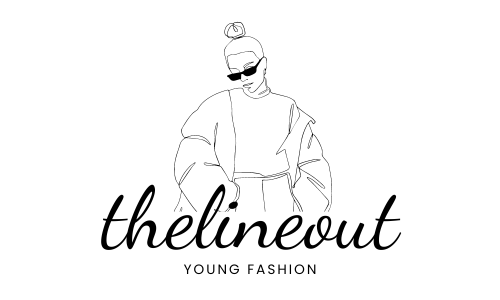The Role of AI in Shaping Fashion Trends
In today’s digital era, artificial intelligence (AI) has become an integral part of various industries, including fashion. AI technology has significantly impacted the fashion industry, shaping trends, personalizing shopping experiences, and revolutionizing the way garments are designed and manufactured. As young people, it is essential to understand the role AI plays in the fashion world to stay ahead of the trends and explore exciting career opportunities. This article will delve into two key aspects: AI-powered trend forecasting and AI-driven design processes.
AI-Powered Trend Forecasting
Gone are the days when fashion trends were determined solely by fashion designers and industry experts. With the emergence of AI, trend forecasting has become more accurate and data-driven. AI algorithms can efficiently analyze vast amounts of data, including social media posts, online shopping behavior, and street style photography.
1. Data Analysis: AI algorithms can analyze data from multiple sources to identify patterns and predict upcoming trends. By analyzing the preferences and emotions expressed on social media platforms, fashion companies can gauge the popularity and sentiment surrounding specific styles, colors, or patterns.
2. Efficient Decision-Making: By utilizing AI-powered trend forecasting, fashion brands and retailers can make informed decisions about production, inventory, and marketing campaigns. This enables them to cater to customers’ demands effectively and reduce the risk of overstocking or understocking.
3. Sustainability: AI can also aid in promoting sustainability in the fashion industry. By analyzing consumer behavior, AI algorithms can identify which sustainable practices are most valued and help businesses tailor their offerings accordingly. This promotes a shift towards eco-friendly fashion choices, reducing waste and encouraging responsible consumption.
AI-Driven Design Processes
AI has transformed the way garments are designed and produced, providing designers with new tools and assisting them in bringing their creative visions to life.
1. Virtual Designing and Prototyping: AI allows designers to visualize their ideas in virtual environments, eliminating the need for physical prototyping. This saves time and resources while enabling designers to experiment with different materials, patterns, colors, and styles seamlessly.
2. Virtual Styling Assistants: AI-powered virtual styling assistants have made personal styling accessible to everyone. These virtual assistants can recommend outfits, suggest combinations, and even create personalized styling lookbooks based on individual preferences and body measurements. Young people can utilize these AI tools to experiment with new styles and discover their unique fashion identities.
3. Intelligent Manufacturing: AI also plays a crucial role in the manufacturing process. It enables predictive maintenance, ensuring that machinery operates optimally and preventing costly breakdowns. Additionally, AI algorithms can analyze and optimize supply chain logistics, reducing waste and promoting efficiency. This leads to a more sustainable and streamlined production process.
In conclusion, AI is becoming increasingly essential in shaping fashion trends and transforming the industry. By utilizing AI-powered trend forecasting, fashion brands can make informed decisions and cater to consumer demands more effectively. The use of AI-driven design processes has revolutionized the way garments are created, making virtual prototyping and personal styling more accessible than ever before. As young people, understanding the role of AI in the fashion world opens up exciting opportunities to explore careers at the intersection of technology and fashion. Embracing AI can help us stay ahead of the trends and make a positive impact on the fashion industry’s sustainability.
